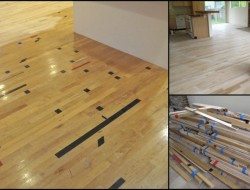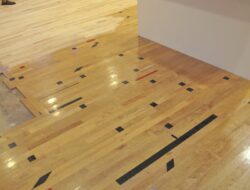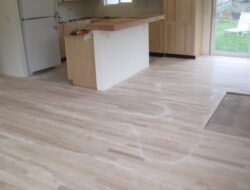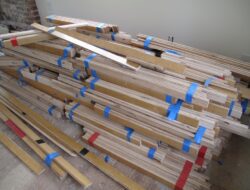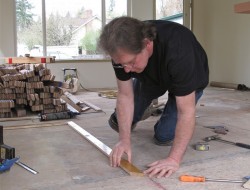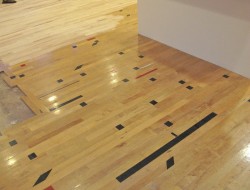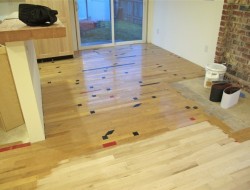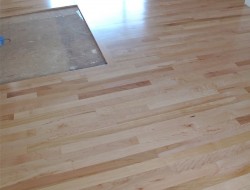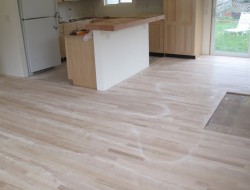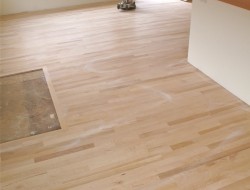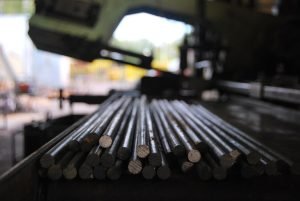Last Updated on March 13, 2025 by teamobn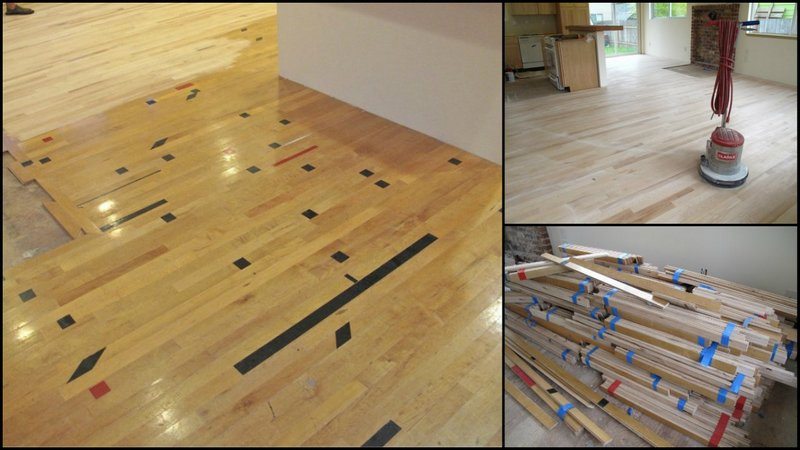
Apart from the fact that they can make any room look more spacious, timber flooring offers warmth and beauty that can’t be duplicated by carpet, tile or laminate.
When you are decorating your home you need to take into consideration that the floor is an important part of any room. Your house may be full of beautiful furniture pieces, but what you do with the floor is going to make all the difference in the style and design of your home.
When it comes to flooring, a lot of people overlook the small aspects of it. Sure, people look at the furniture and decor of one’s home, but a lot of people don’t think about how the flooring of their home affects the room.
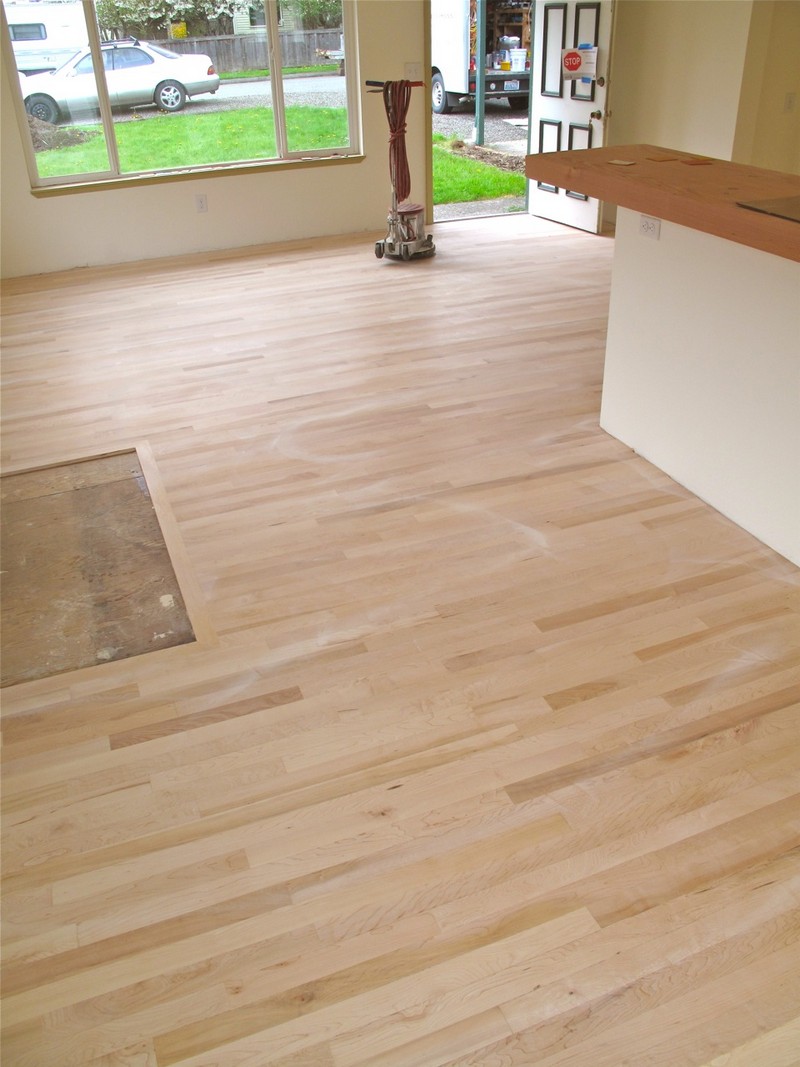
Wood never becomes outdated. Other options may have patterns, styles and colours, but these give them a limited lifespan. Timber is timeless, and when it needs updating, you can simply refinish your floor rather than replace it.
If you love the idea of timber flooring, but don’t have the budget, this project could be the solution. Reclaimed woods are getting popular for wood flooring. The types range from old-growth Appalachian hardwoods to former-industrial-site pine.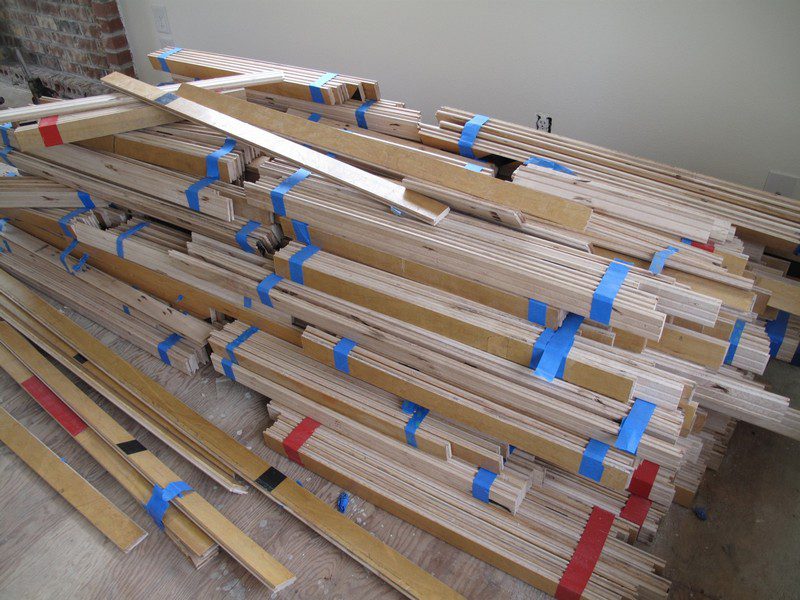
There is an amazing array of colours and textures to choose from, and it’s great for saving the environment. If you can get your hands on enough reclaimed wood flooring you’ll end up with a very unique timber floor.
This is normally done with wood that is either too old, too damaged or has been taken from a building that has since been demolished.
There are several advantages of using reclaimed wood flooring such as the fact that it is normally very cheap compared to newly treated wood flooring.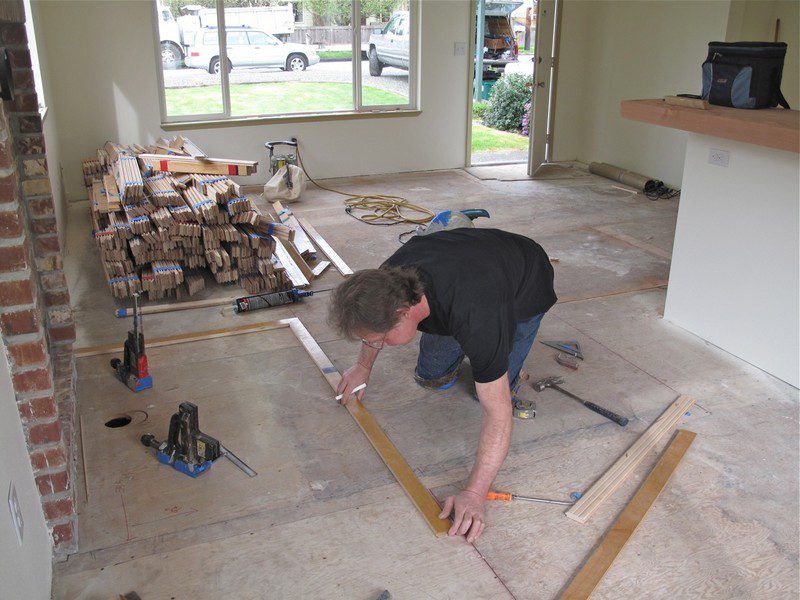
Reclaimed wood flooring is flooring that has been taken from a previous building and then given a second life in a new environment. They are awesome for your floors. It offers that beautiful rustic appeal to your home.
It’s also much cheaper than brand new wood floors. However, this isn’t the type of wood you’ll find at your local hardware store. You’ll have to find a place that sells reclaimed wood.
If you are planning to install reclaimed wood floors, your first step will be to select a mover who can get the wood to your home. Once you have your wood flooring, you can choose the best flooring installation technique that meets your needs.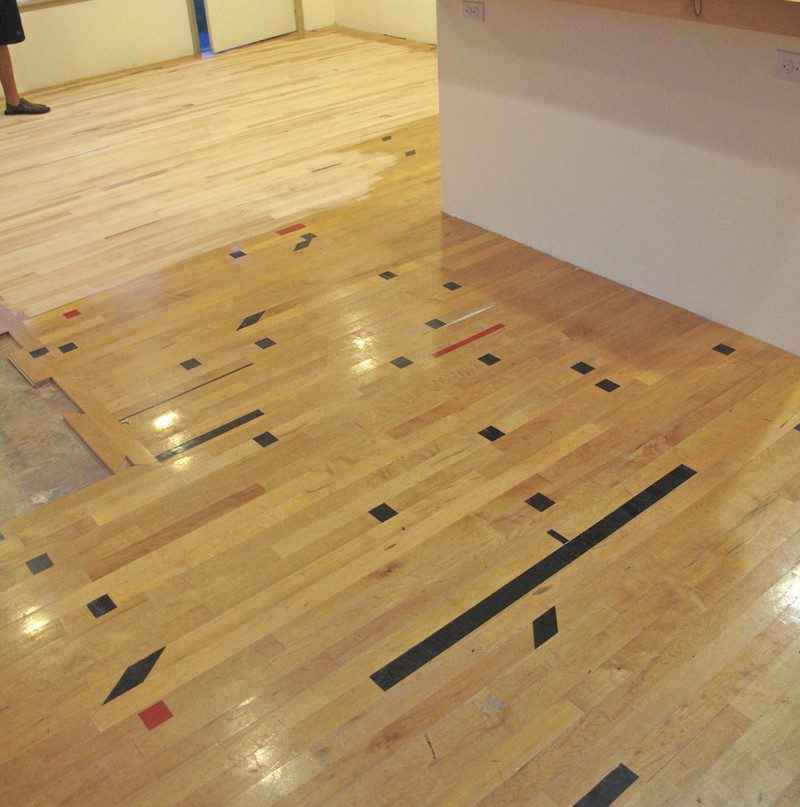
The most common types of wood flooring installation are floating, adhesive and nail down. Each of these methods has its own advantages – and its own drawbacks. The next step is to find the right flooring installer.
That’s the hard part. Finding someone to install your reclaimed wood is important. Using proper flooring installation techniques is essential to ensure that your floors are safe.
When renovating an old home, homeowners often encounter issues with floors. Old floors often need to be replaced or fixed, and homeowners often choose wood flooring.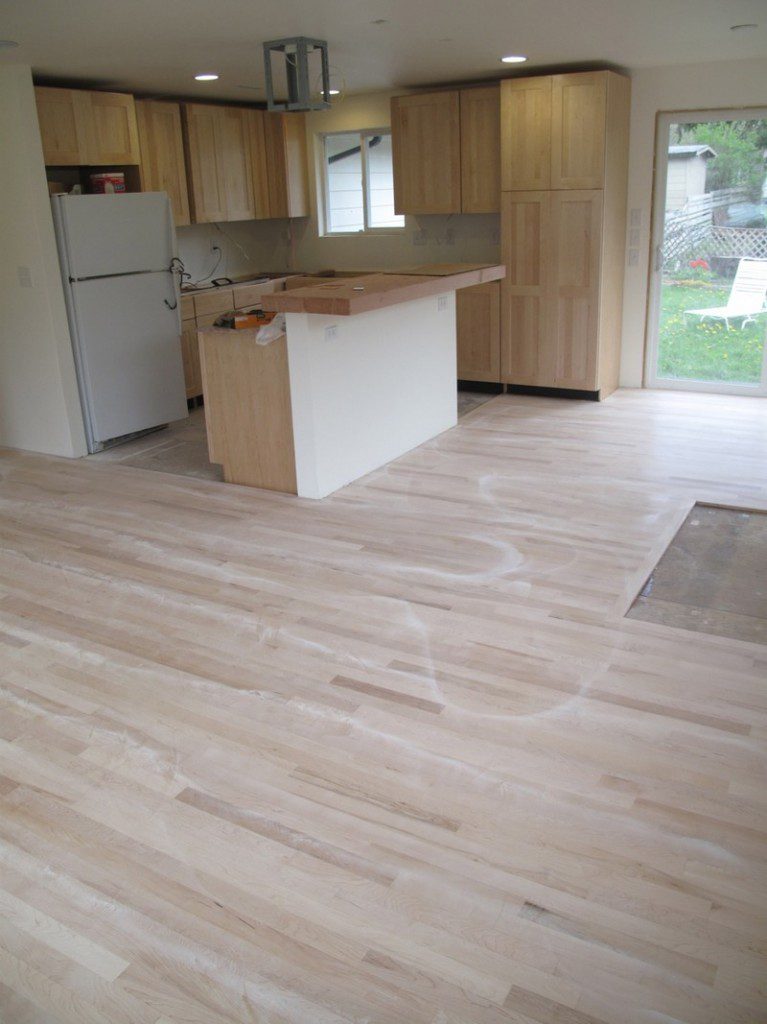
Reclaimed wood flooring offers homeowners a more affordable option than buying brand new floors. However, reclaimed wood floors can also be tricky to refinish.
Fortunately, homeowners can easily fix and fix up reclaimed wood floors with a little bit of know-how.
Do you think your flooring needs to be upgraded? Why not try using reclaimed woods for a change.
How to Install Reclaimed Wood Flooring
Materials:
- Reclaimed Timber
- Sealer
- Finishing Coat
- Nails
Tools:
- Tape Measure
- Sander
- Motorized Buffer
- Crowbar
- Table Saw
- Nail Gun
Steps:
Step 1: Prepare the Subfloor
Start by removing the old flooring. Use a crowbar to lift any existing floorboards or coverings. Make sure the subfloor is clean, dry, and level. If there are any high spots, sand them down. Fill in any low spots with leveling compound.
Step 2: Acclimate the Reclaimed Wood
Place the reclaimed timber inside the room where you plan to install it. Let it sit for at least 5-7 days. This allows the wood to adjust to the room’s humidity and temperature, preventing future warping or gaps.
Step 3: Plan the Layout
Use a tape measure to determine the width and length of the room. Plan your layout so that the planks are evenly spaced and there aren’t any awkward gaps at the edges. Dry-lay a few rows to see how they fit.
Step 4: Cut the Boards to Size
Use a table saw to trim the reclaimed wood boards to fit the layout. Cut the ends clean and make sure the lengths vary. This creates a more natural, staggered appearance on the floor.
Step 5: Sand the Reclaimed Wood
Before installation, sand each plank with a sander. Reclaimed wood can have rough spots, old finishes, or uneven surfaces. Sanding smooths the boards and removes debris, paint, or splinters.
Step 6: Start the Installation
Begin at one corner of the room. Lay your first board with the groove side facing the wall, leaving a 1/2-inch gap for expansion. Secure it with a nail gun by nailing at a 45-degree angle through the tongue of the board. Continue laying boards, ensuring each piece is snug against the next.
Step 7: Stagger the Joints
As you move row by row, stagger the joints at least 6 inches from the previous row. This adds strength and creates a visually appealing pattern.
Step 8: Fit the Final Rows
As you approach the final rows, you may need to rip the boards to fit the remaining space. Use the table saw to trim them down. Remember to maintain the expansion gap at the wall.
Step 9: Sand the Entire Floor
Once all the boards are installed, use a motorized buffer or sander to go over the entire floor. This ensures the surface is smooth and even, especially if there are slight height differences between boards.
Step 10: Apply Sealer
Clean the floor thoroughly to remove dust. Apply a wood sealer evenly across the surface. The sealer will protect the wood and help prepare it for the final finish. Let it dry as per the manufacturer’s instructions.
Step 11: Apply the Finishing Coat
Once the sealer is dry, apply the finishing coat. Use a brush or roller to apply the finish evenly. This coat protects the wood and enhances its natural color and grain. Allow it to dry completely before moving furniture back in.
Step 12: Final Inspection
After the finishing coat is dry, inspect the floor for any missed spots or imperfections. If needed, lightly sand and reapply a finish coat to those areas.
How to Source Quality Reclaimed Wood for Flooring
Reclaimed wood flooring adds character, warmth, and a story to any space. Whether you’re after a rustic farmhouse look or something more refined, sourcing high-quality reclaimed wood is the first and most important step. Not all reclaimed wood is created equal, and finding the right material ensures your floors will be durable, safe, and beautiful.
Know What to Look For in Reclaimed Wood
Start by understanding the qualities of good reclaimed wood. Look for boards that are straight, dry, and free from pests or rot. Inspect each plank for cracks, warping, or signs of insect damage. It’s common for reclaimed wood to have nail holes or surface imperfections, but structural integrity is key. Avoid boards that are too thin or brittle. Thick, solid wood with minimal soft spots makes for better flooring.
Choose the Right Wood Species
Different species offer different benefits. Hardwoods like oak, maple, hickory, and walnut are more durable and better suited for high-traffic areas. Softwoods like pine and fir are easier to work with but may dent more easily. If you want a floor that lasts, prioritize hardwood reclaimed boards.
Source from Reputable Suppliers
Find suppliers who specialize in reclaimed wood. Architectural salvage yards, old barn demolitions, and reclaimed lumber dealers are excellent sources. Look for companies that kiln-dry their wood. Kiln drying eliminates pests and reduces moisture content, making the boards more stable. Online marketplaces like Craigslist or Facebook Marketplace can be an option, but be cautious. Ask for details about where the wood came from and how it’s been stored.
Ask About Processing and Certification
Reclaimed wood should be properly processed before you buy. Ask if the boards have been de-nailed and cleaned. Many reputable dealers offer documentation on the wood’s origin and species. Some may even provide FSC (Forest Stewardship Council) certification, which guarantees the wood was reclaimed responsibly.
Inspect the Wood in Person When Possible
If you can, visit the source in person. Seeing and touching the wood will give you a better sense of its quality. Check for consistency in thickness and width if you want a uniform look. If you’re going for a more rustic appearance, variations are fine, but make sure the boards are still structurally sound.
Consider the Cost and Hidden Expenses
Reclaimed wood can be affordable, but factor in additional costs like milling, cleaning, and shipping. Some boards may require extra sanding or trimming. If the wood isn’t kiln-dried, you may need to pay for this service to prevent future issues like warping or insect infestation.
Plan for Extra Material
Always buy more than you think you need. Reclaimed wood can have unusable sections, so it’s smart to have extra on hand. A good rule of thumb is to purchase 10-15% more than your actual square footage requires.
Sourcing quality reclaimed wood takes time and careful selection, but the payoff is worth it. With the right materials, your reclaimed wood flooring will bring character and lasting beauty to your home.
Click on any image to start the lightbox display. Use your Esc key to close the lightbox. You can also view the images as a slideshow if you prefer 😎
How to Find Professional Reclaimed Wood Flooring Near Me
Installing reclaimed wood flooring requires skill, precision, and experience. Unlike new hardwood, reclaimed wood often has irregularities, varying plank sizes, and unique challenges. Hiring a professional ensures your floor is installed correctly and lasts for years. Here’s a guide to help you find the right contractor for the job.
Start with Local Research
Begin by searching for flooring contractors in your area who specialize in reclaimed wood. Look for companies with a history of working with reclaimed materials. You can search online using terms like “reclaimed wood flooring near me” to find local businesses. Check their websites for photos of previous projects, client testimonials, and detailed service descriptions.
Ask for Recommendations
Talk to friends, family, or neighbors who have installed reclaimed wood floors. First-hand experiences can point you toward trustworthy professionals. You can also visit local lumberyards or reclaimed wood dealers and ask for contractor recommendations. These businesses often work closely with experienced installers.
Check Credentials and Experience
Verify that any contractor you consider is licensed, insured, and bonded. Ask how many reclaimed wood flooring projects they’ve completed. Experience with reclaimed materials is important since these floors need special attention during installation. A skilled contractor will know how to handle potential issues like uneven planks, old nail holes, or wood movement.
Request a Portfolio of Past Work
Ask potential contractors for a portfolio or examples of reclaimed wood flooring projects they’ve completed. This allows you to assess their craftsmanship and attention to detail. Look for floors that are level, have tight seams, and showcase the unique character of reclaimed wood.
Read Reviews and Check References
Look for online reviews on platforms like Google, Yelp, or Angi. Pay attention to comments about the contractor’s professionalism, timeliness, and quality of work. Ask the contractor for references from past clients. Speak directly with these clients to get a sense of their satisfaction and any challenges they faced.
Get Multiple Quotes and Compare
Contact at least three contractors for quotes. Make sure each quote includes labor, materials (if they’re sourcing the wood), and additional services like sanding or finishing. Don’t automatically choose the cheapest bid. Compare the scope of work, materials, and expertise offered.
Ask About Their Process
A professional contractor should explain their installation process in detail. They should address how they acclimate the wood, handle subfloor preparation, and manage finishing and sealing. A clear plan shows they understand the complexity of working with reclaimed materials.
Confirm Warranty and Aftercare Support
Ask about warranties for their installation work. A reputable contractor should stand by their craftsmanship. Also, inquire about maintenance tips and ongoing care for reclaimed wood floors. Some professionals offer follow-up services like refinishing or repairs.
Hiring a skilled contractor ensures your reclaimed wood flooring looks beautiful and lasts for years. Take your time researching, ask the right questions, and choose a professional with the experience needed for this unique type of flooring.
Conclusion
Installing reclaimed wood flooring adds timeless beauty and character to your home. With the right tools and careful preparation, it’s a rewarding DIY project. Your finished floors will showcase the unique history and charm of reclaimed timber for years to come.
We have various kinds of flooring guide for any budget. Read our article on vinyl flooring next!

